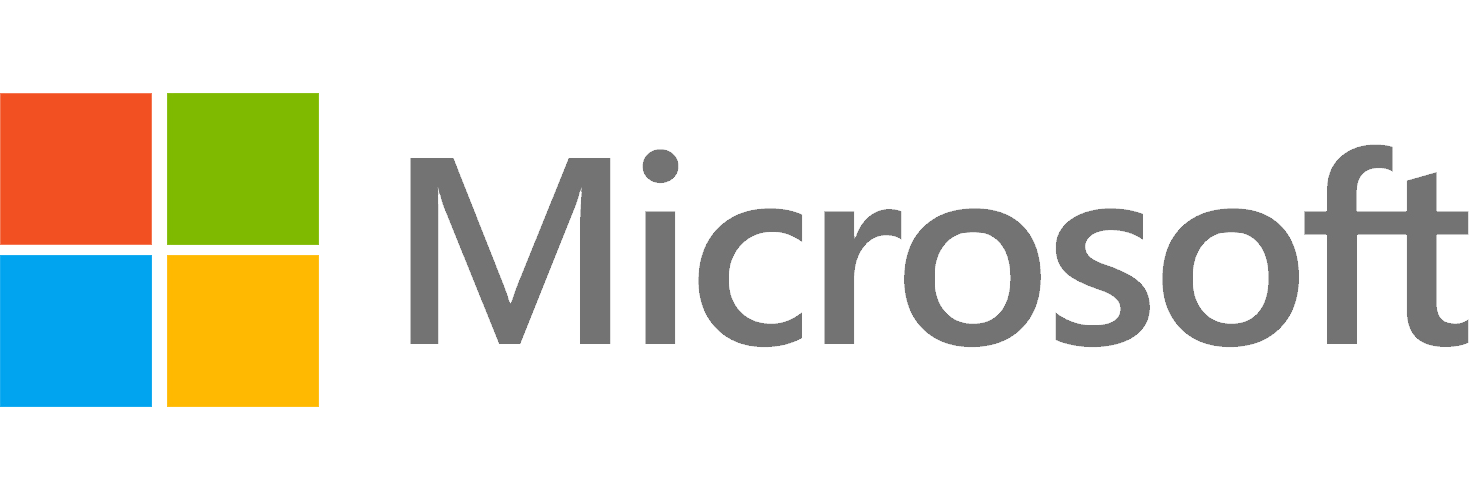Welcome to the AI Index Report, featuring practitioner analyst and entrepreneur Toni Witt. This series is intended to deliver the timely intelligence you need to get up to speed for an upcoming client engagement or board meeting.
Highlights
Innovation (00:25)

IBM recently announced the release of its watsonx.ai platform, which is designed for enterprises. Watsonx.ai is comprised of three different products:
- Watsonx.ai Studio enables users to build and deploy foundational, generative AI and general machine learning models
- Watsonx.data is essentially a datastore designed for building AI on an open lakehouse architecture.
- Watsonx.governance toolkit helps customers build AI workflows responsibly, with transparency, ethics, and compliance in mind.

Which companies are the most important vendors in AI and hyperautomation? Check out the Acceleration Economy AI/Hyperautomation Top 10 Shortlist.
IBM has had beta testers and feedback from large corporations in a variety of industries, including working with NASA to build the first base-level model for geospatial data. For watsonx.ai, IBM worked with Wimbledon to generate tennis commentary using natural language processing (NLP).

IBM partnered with Hugging Face for watsonx.ai Studio. This collaboration enables watsonx.ai users to build on models that are hosted on Hugging Face’s online community and database platform. IBM is also releasing more GPU offerings on its cloud, specifically designed for AI training and deployment.
Startup Funding and M&A (03:05)

Databricks announced that it will pay $1.3 billion to acquire MosaicML. The main objective of MosaicML is “to let any organization build their own custom machine learning models using their own data,” Toni explains. This partnership will add generative AI tools alongside Databricks’ existing multi-cloud offerings.
- The company created a platform that enables organizations to train and deploy their own models, using their own industry-specific data.
- The entire MosaicML team will be joining Databricks with this acquisition.
- MosaicML’s core hypothesis, Toni notes, is that large organizations don’t want to rely on pre-trained, pre-packaged, and inflexible models from other providers.
Ultimately, we haven’t reached artificial general intelligence yet, where one model could handle a wide range of use cases. Now, there’s more value in having industry-specific models to get the job done, especially since large organizations typically don’t want to always rely on one provider to handle all of their AI needs.
There have been a few other notable acquisitions and funding announcements for base-level providers:
- Microsoft continued to invest in OpenAI.
- Snowflake acquired intelligent search company Neeva.
- Salesforce invested half a billion dollars into Anthropic.
Solution of the Week (06:05)

With the advancement of generative AI, copilots and coding partners have emerged. For instance, at Microsoft’s latest Build conference, the company announced a new set of application-specific copilots to use across the Microsoft suite.
More recently, Amazon announced its Amazon CodeWhisperer copilot for Amazon Web Services which:
- Generates source code suggestions and filtering code that resembles open-source training data. It also pulls the repository URL and license from the open-source project that it flags.
- Conducts security scans that detect potential bugs and security risks by scanning your code base.
- Seamlessly plugs into databases.
Amazon conducted trial runs, finding that participant developers using CodeWhisperer were 27% more likely to complete tasks successfully.
Toni reports his excitement for platforms and developer-facing tools to be able to create their own copilots trained on their own code — custom copilots.















